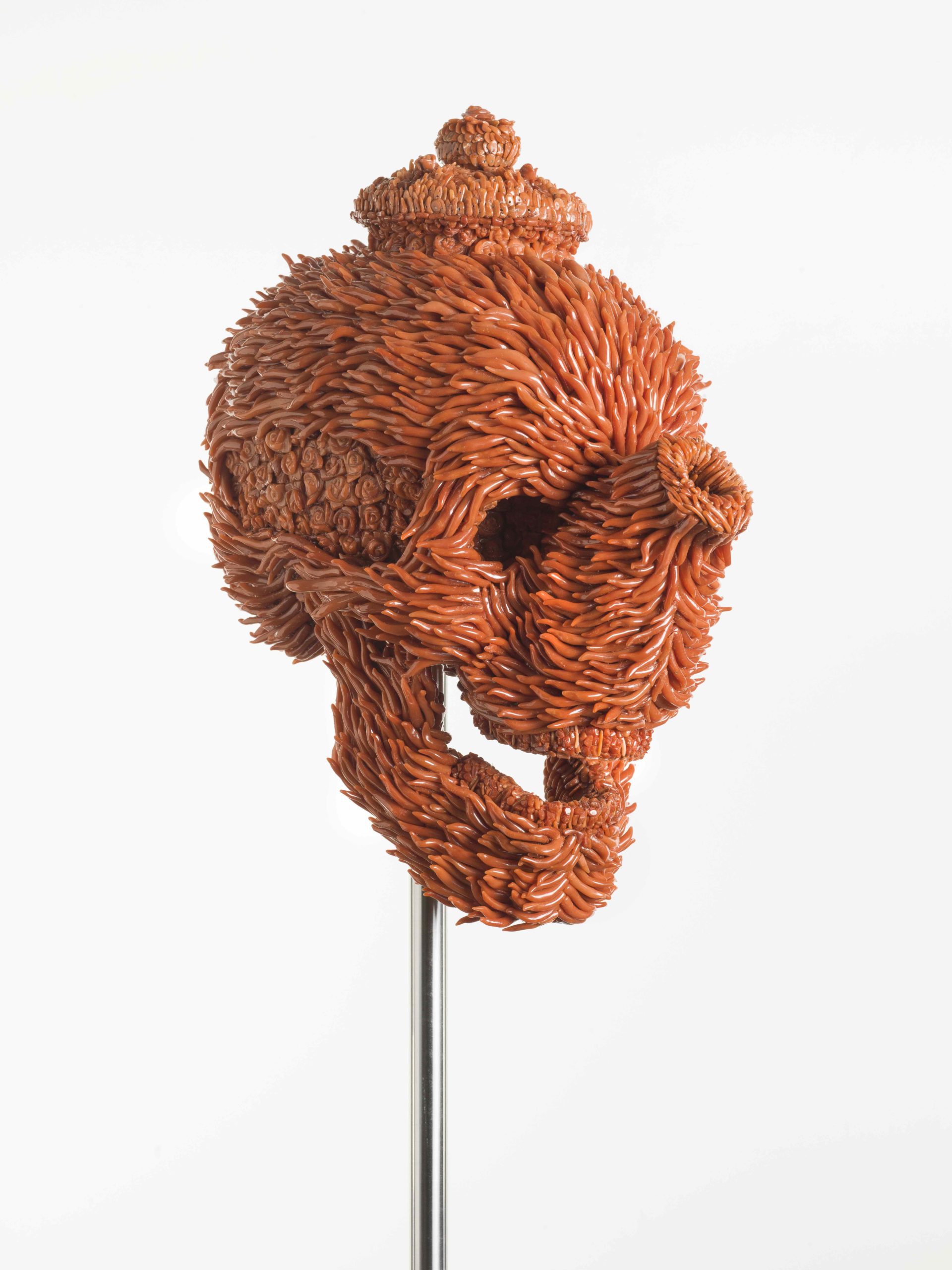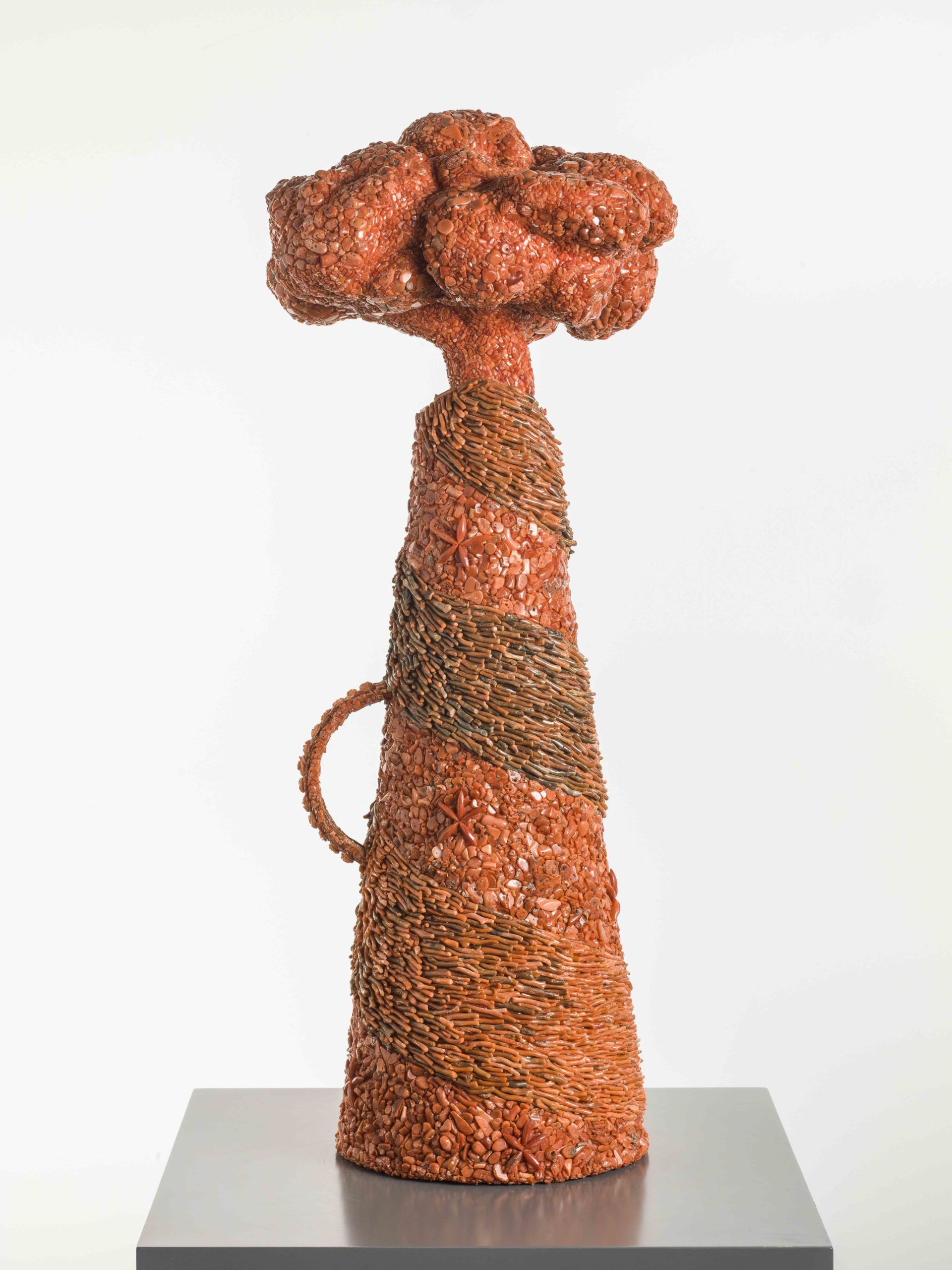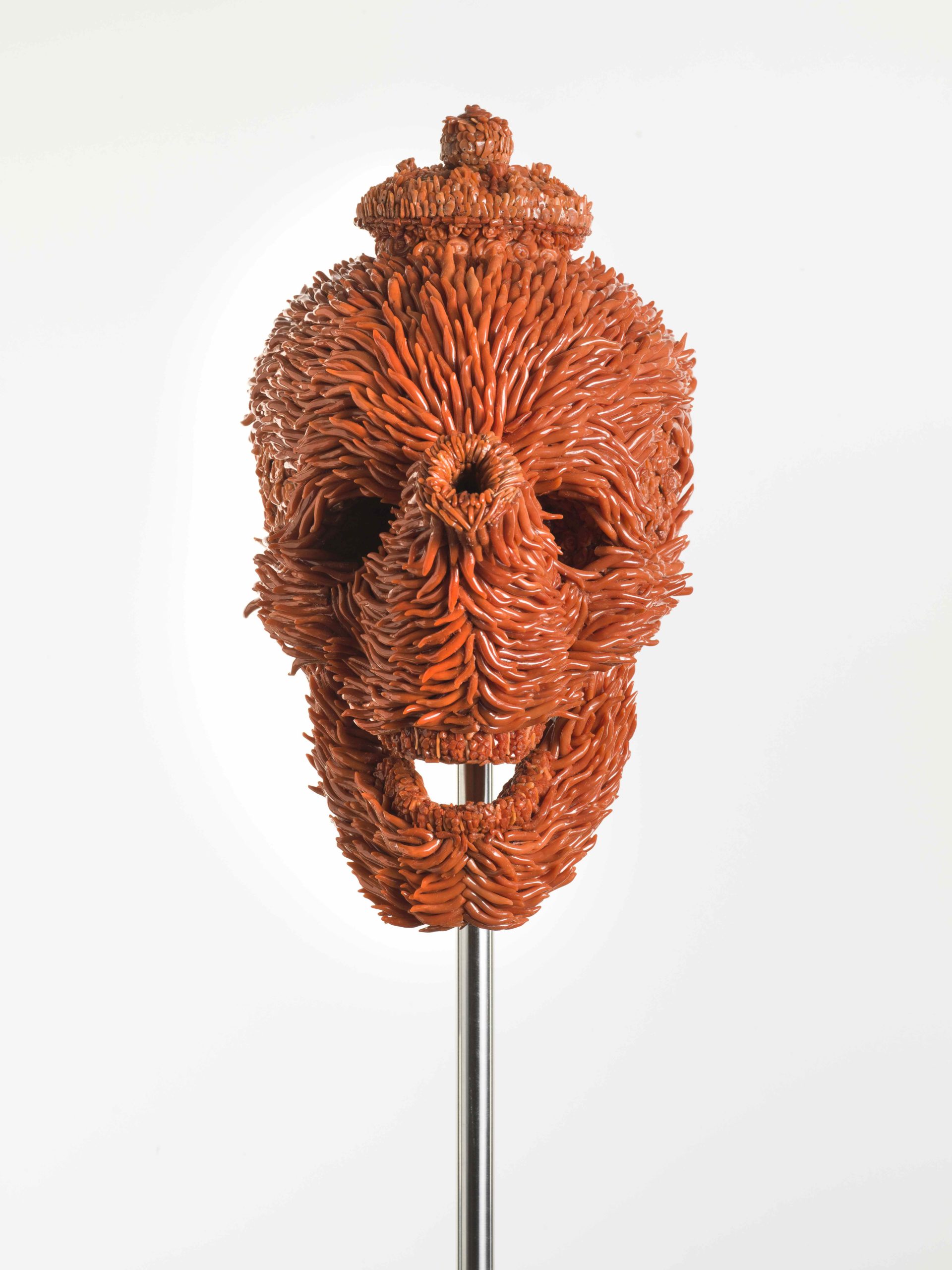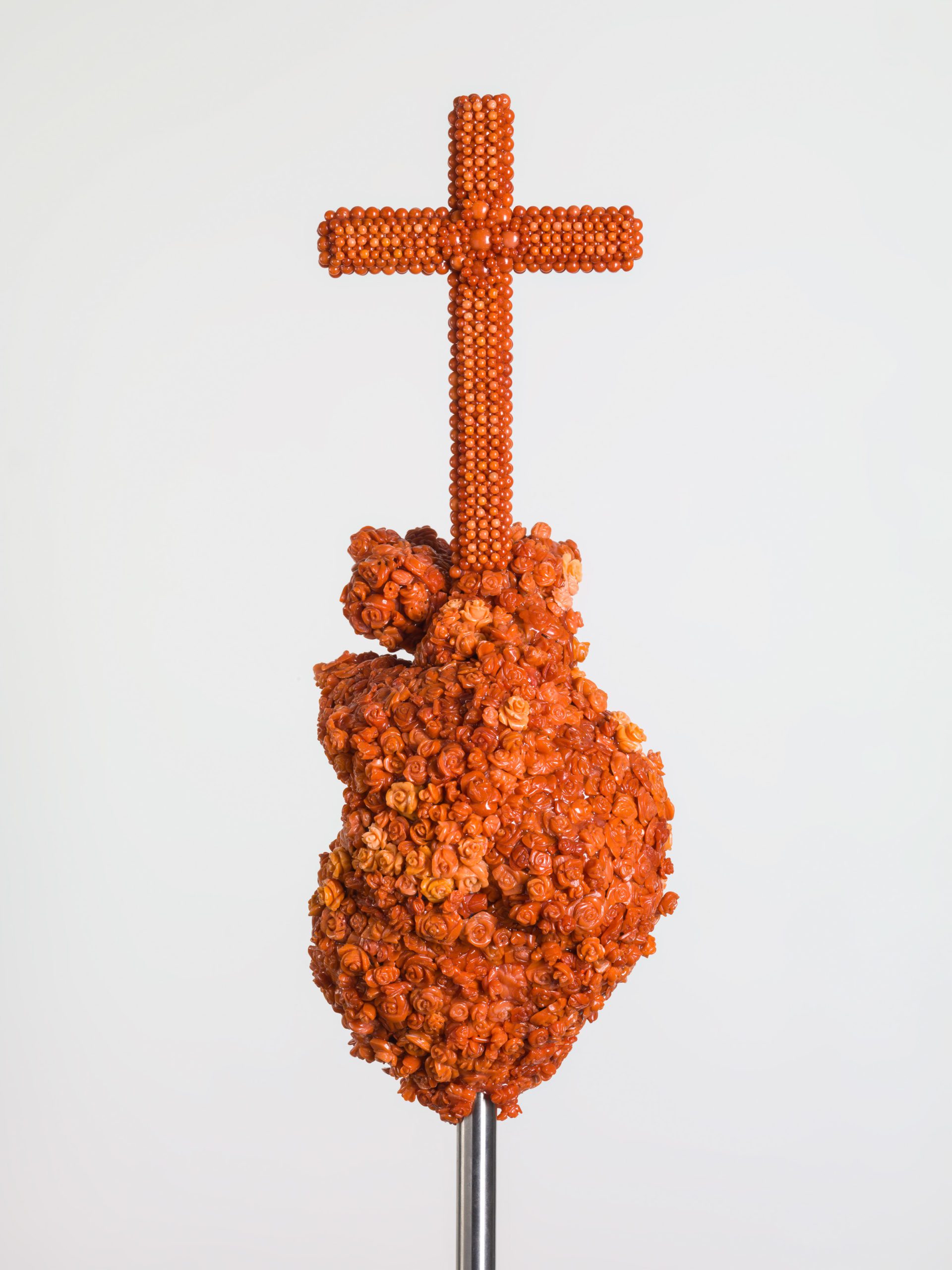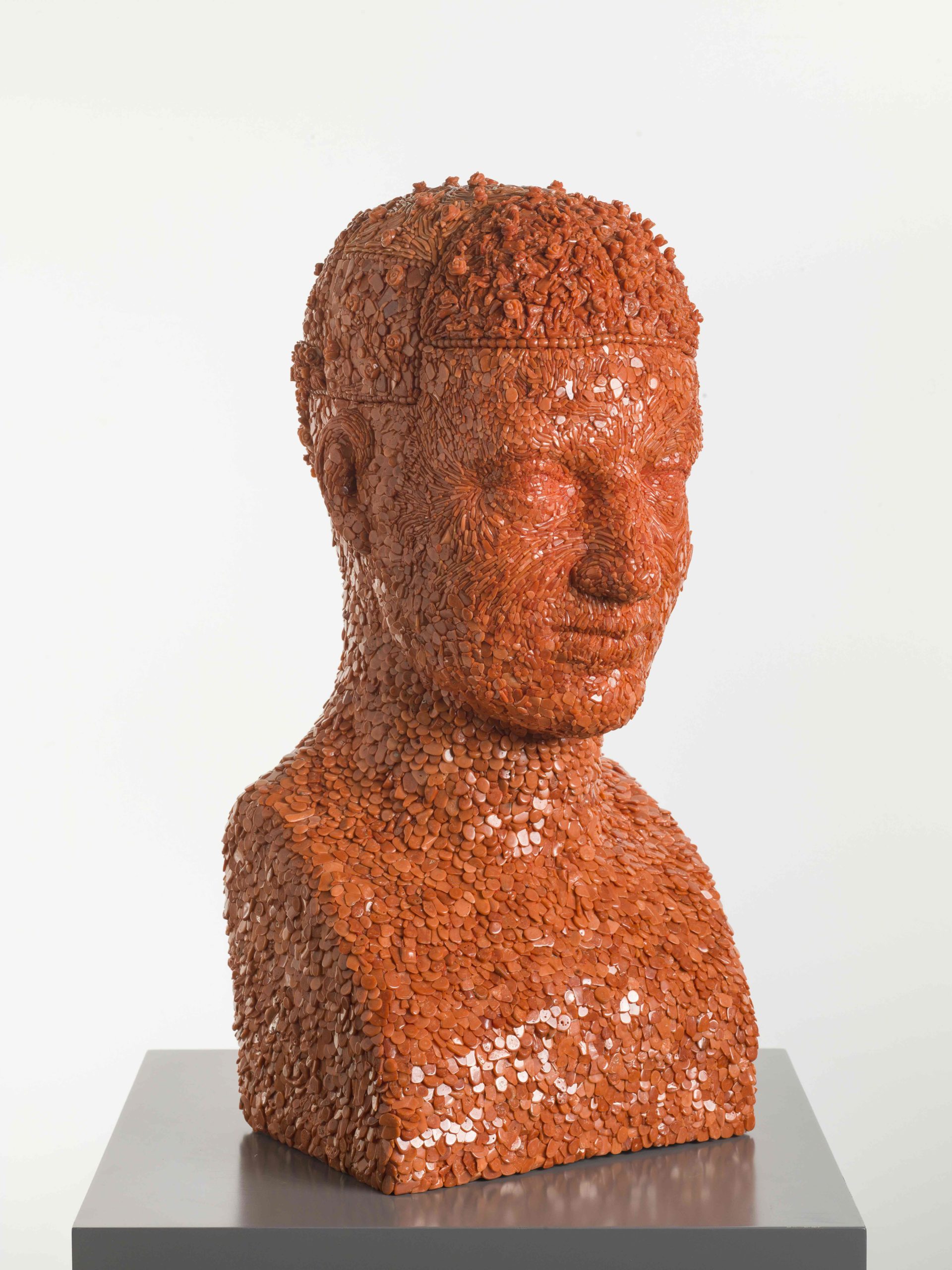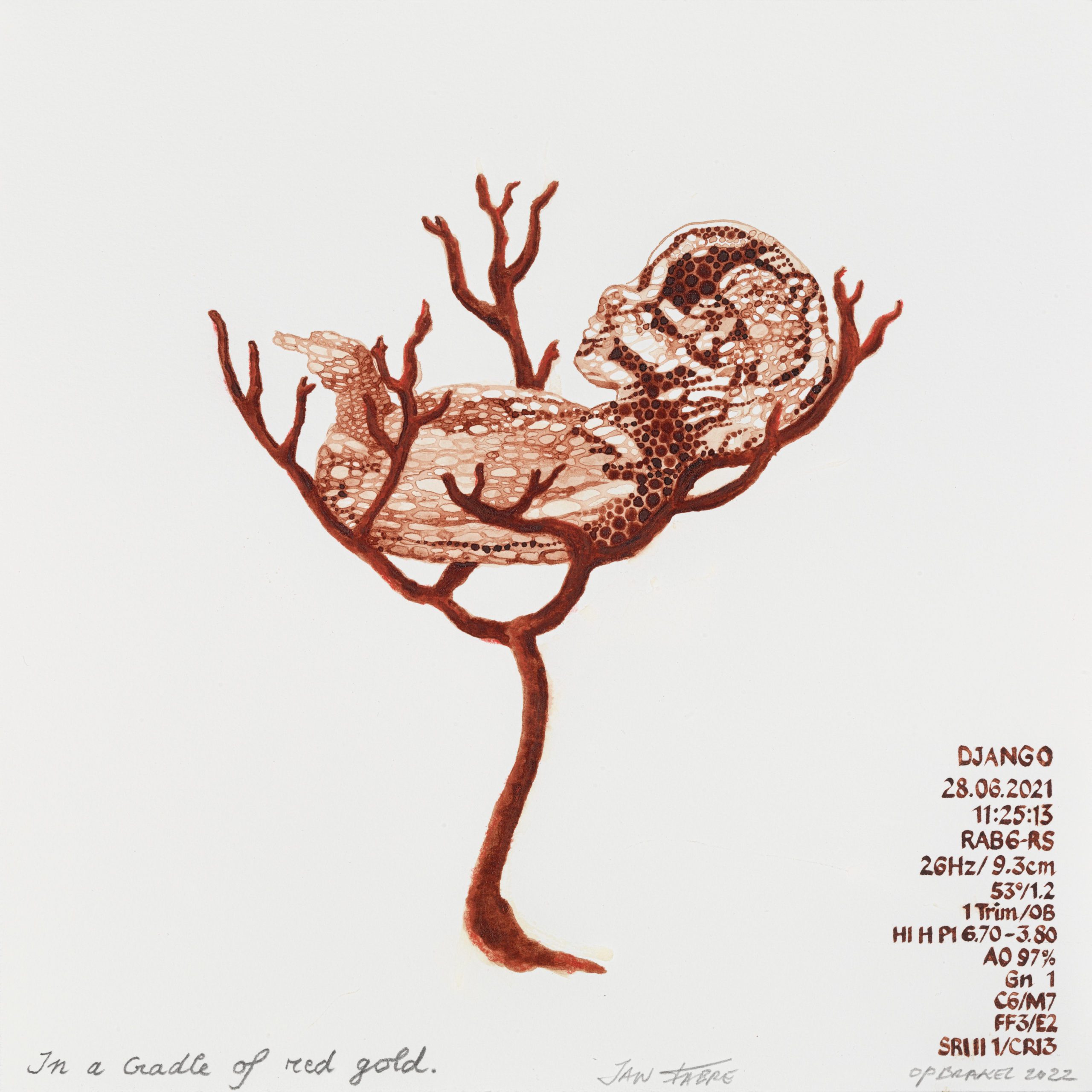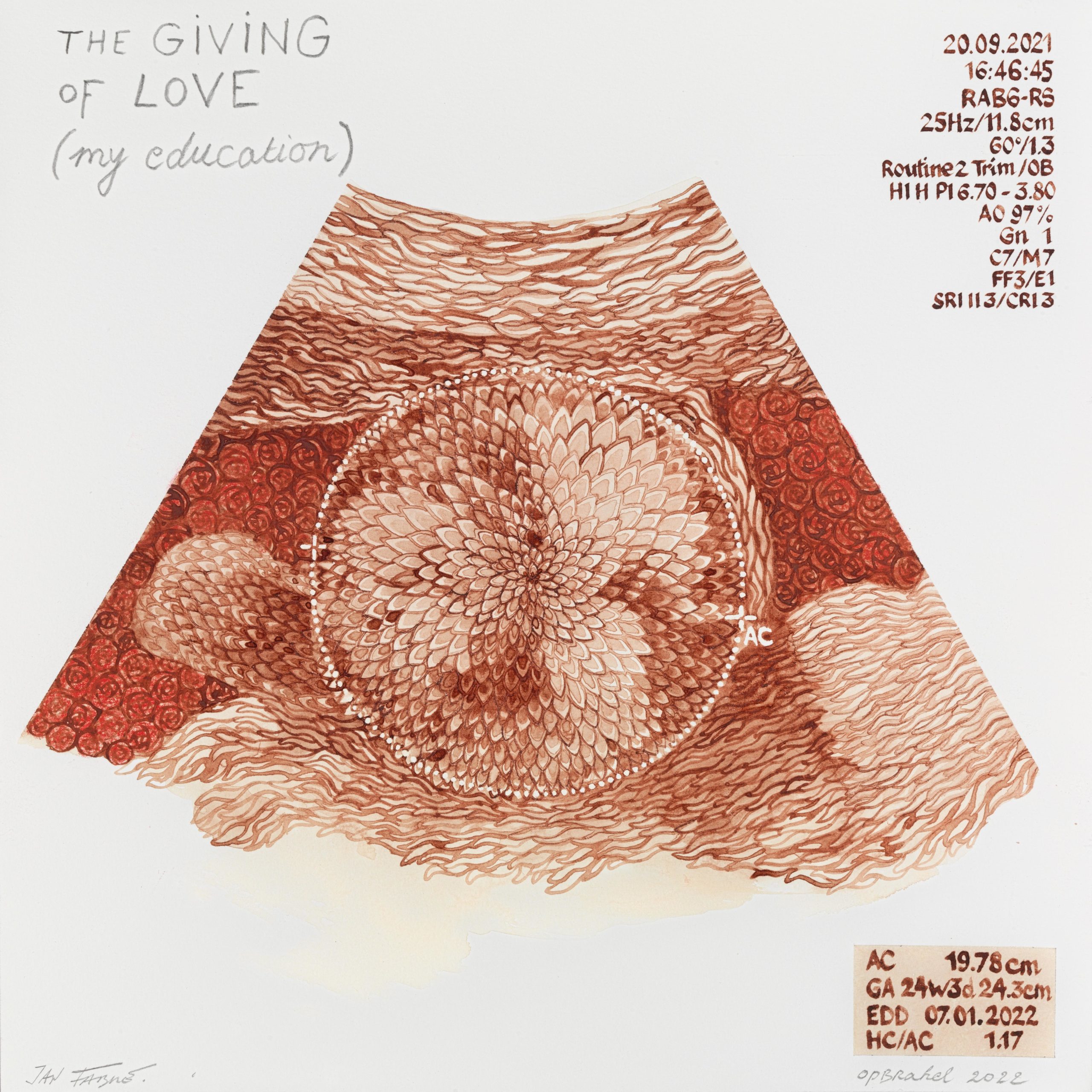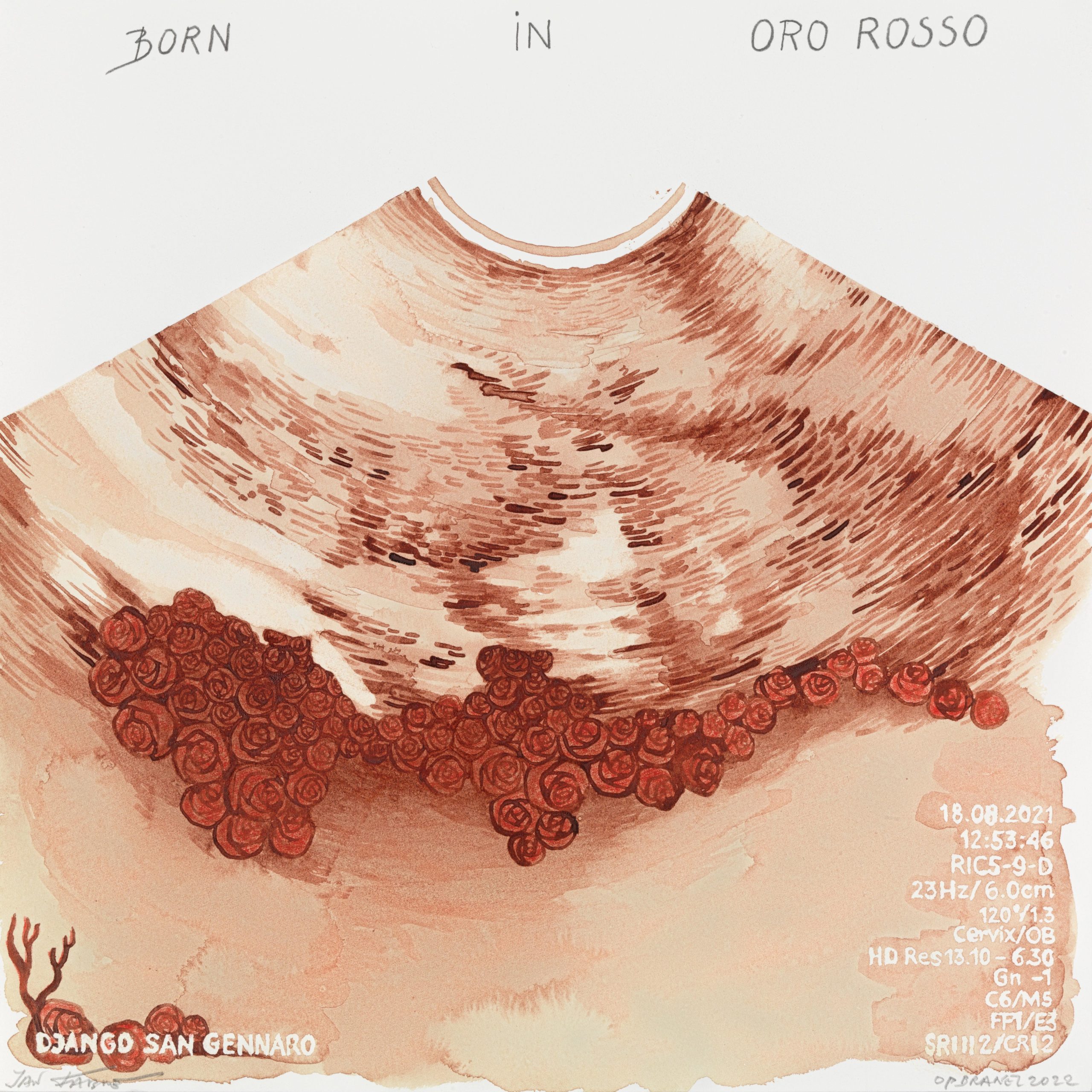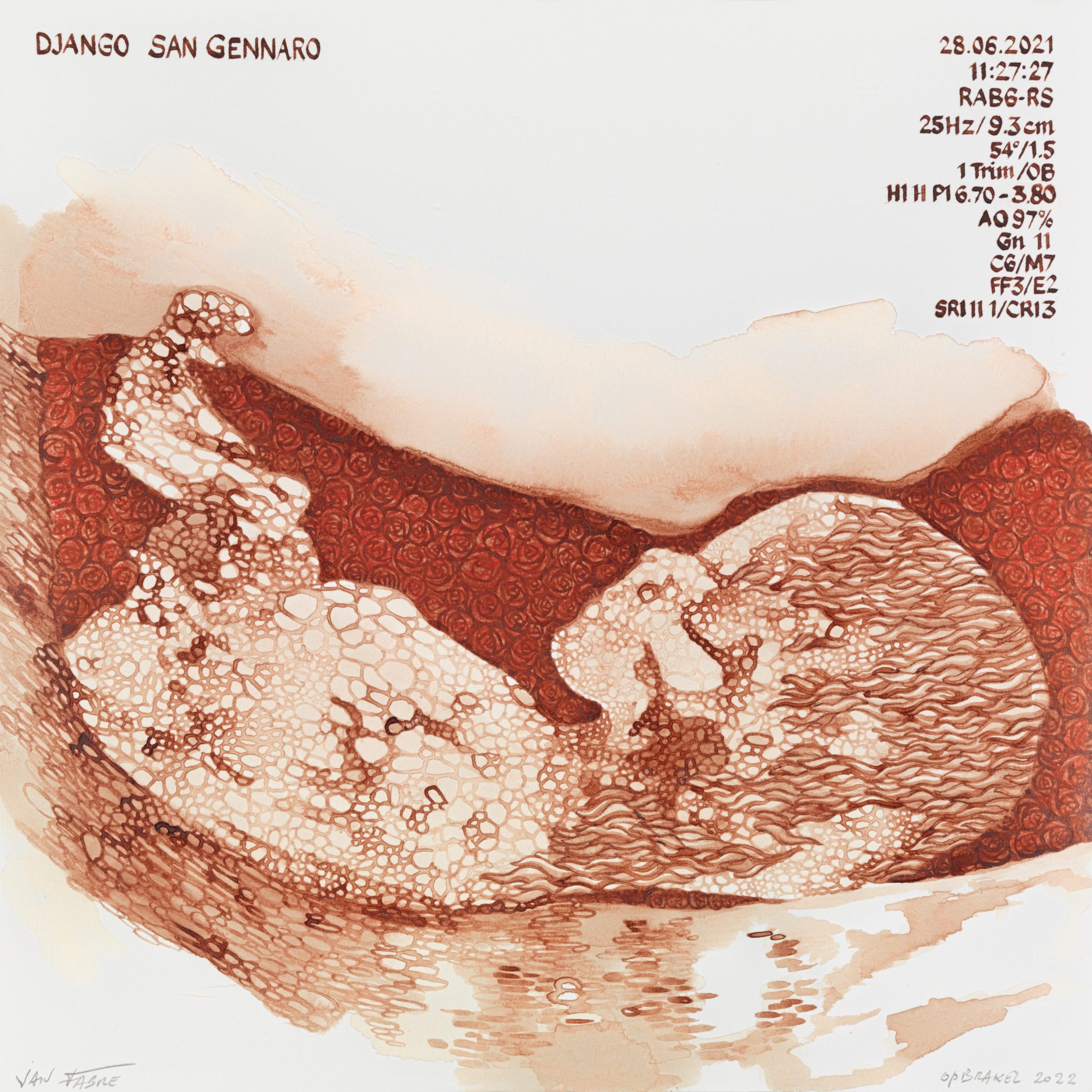Exposiciones /
JAN FABRE: LA MATERIALIZACIÓN DEL AMOR
11.11.2025 - 11.12.2025«When there si love, there is life»
Jan Fabre, 2021
Jan Fabre. La materialización del amor marca la primera exposición del artista belga en NF/ NIEVES FERNÁNDEZ. Centrada en el poder transformador del amor, la muestra reúne esculturas de coral, dibujos con sangre y una performance para explorar las intersecciones entre vitalidad y mortalidad, creación y disolución.
El amor funciona como principio rector en la obra de Fabre. Para esta exposición, presenta esculturas realizadas con coral rojo del Mediterráneo, procedente de la bahía de Nápoles, junto a una serie de dibujos ejecutados con su propia sangre, en reflexión sobre su hijo, Django Gennaro Fabre. Durante la inauguración, Fabre realizará la acción Soy un hombre pelícano, una performance que aborda los temas del sacrificio, la transformación y el amor universal. La acción se inspira en la leyenda cristiana medieval del pelícano que alimenta a sus crías con su propia sangre, símbolo de altruismo, amor y regeneración. Este momento se convertirá en una extensión viva de la exposición, vinculando el gesto corporal con las narrativas materiales y mitológicas.
El mito y el ritual ocupan un lugar central en la exposición. En referencia a Las metamorfosis de Ovidio, el coral surge de la sangre de Medusa, cristalizando la transformación. Del mismo modo, Fabre utiliza su propia sangre como medio simbólico, entrelazando la narración personal con marcos culturales más amplios. Sus esculturas de coral —entre ellas, maquetas de obras instaladas de forma permanente en el Pio Monte della Misericordia de Nápoles, donde se encuentra Las siete obras de misericordia de Caravaggio— evocan la iconografía de la capilla mediante formas similares a corazones que funden vida y muerte.
La obra The Teapot of Death (La tetera de la muerte) constituye una de las imágenes centrales de la exposición. Esta llamativa escultura de coral fusiona una calavera con una tetera, uniendo lo familiar y lo inquietante. El objeto cotidiano evoca confort y hospitalidad, al tiempo que enfrenta al espectador con la mortalidad. A través de este gesto poético, Fabre nos recuerda que la muerte nunca está lejos. La exposición escenifica una reconciliación entre la vida y la muerte: un acto de equilibrio perpetuo que materializa el amor como algo a la vez vital y transformador.
> DOSSIER (PDF)
